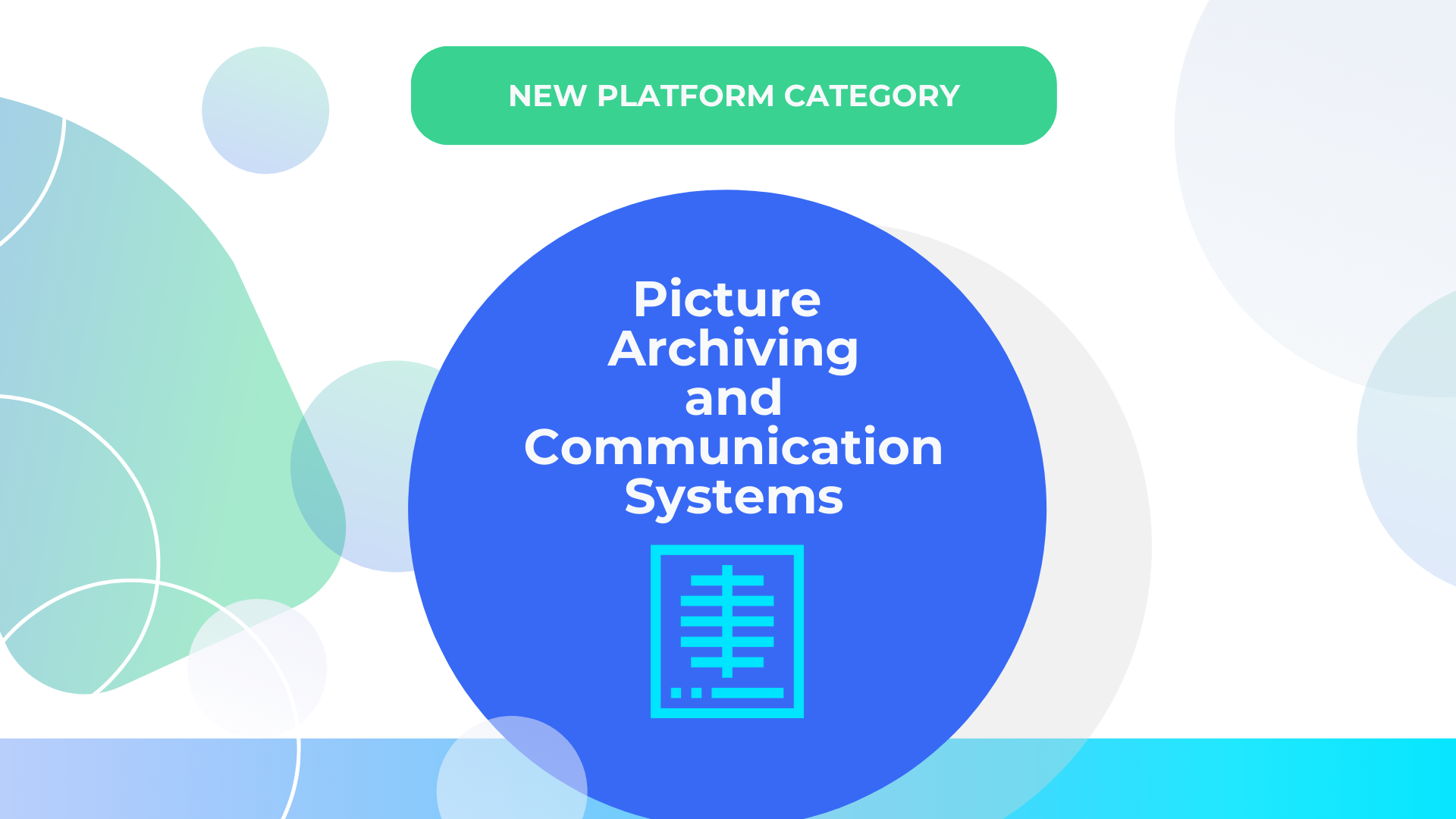Panda Health is excited to announce the official launch of the Picture Archiving and Communication Systems category.
What is a Picture Archiving and Communication System?
Picture Archiving and Communication Systems (PACS) are used in modern radiology departments to store, process, and access digitized imaging data. This technology has replaced manual legacy systems of manually maintaining and storing X-ray film jackets.
PACS can also enable advanced image processing using AI technology, functional manipulations on computed and digital radiography workstations, and quality control management. Maintaining data structured and organized also contributes to patient safety and appropriate care.
The four major components of a robust PACS solution are:
- Image Acquisition: The PACS must be able to capture data from any imaging technology, convert it to a standardized format (DICOM), and preprocess it.
- Secure Network: Data security must be maintained at every stage when uploading patient data and transferring it to verified users for remote access.
- Display Workstations: Physicians need workstations to manipulate, evaluate, and interpret images for primary diagnoses and to document their findings.
- Archives: Patient data must be stored long-term in a safe and secure archiving system that consolidates data from multiple healthcare departments.
How do PACS solutions benefit hospitals and health systems?
PACS has revolutionized the way hospitals and health systems manage radiology data and have brought several benefits, including:
- Improved access to care: PACS allows radiologists to view images from anywhere in the hospital, which can help to improve access to care for patients. For example, a radiologist in one department can view images from a patient in another without physically going to that department. This can be especially helpful for patients in critical condition or who need urgent care.
- Increased efficiency: PACS can help to improve efficiency in hospitals and health systems by reducing the time it takes to retrieve and view images. This can free up radiologists and staff to focus on other tasks, such as patient care.
- Improved accuracy of diagnoses: PACS can help to improve the accuracy of diagnoses by providing radiologists with access to a wider range of images and information. For example, a radiologist can view images from multiple imaging modalities, such as X-rays, CT scans, and MRIs, which can help them to make a more accurate diagnosis.
- Reduced costs: PACS can help to reduce costs in hospitals and health systems by reducing the need for physical storage of film images. This can save space and money on film and processing costs.
- Improved patient satisfaction: PACS can help to improve patient satisfaction by providing a more convenient and efficient experience. For example, patients can view their images online or on a touch-screen monitor, which can help them better understand their condition and treatment plan.
- Increased provider satisfaction: PACS help radiologists provide patient care quicker by increasing the availability of images, processing time and ability to transmit images to other clinicians and hospitals, saving the provider time.
Investment in robust radiology tools like PACS can improve care outcomes and reduce overall care costs as the need for care services increases.
